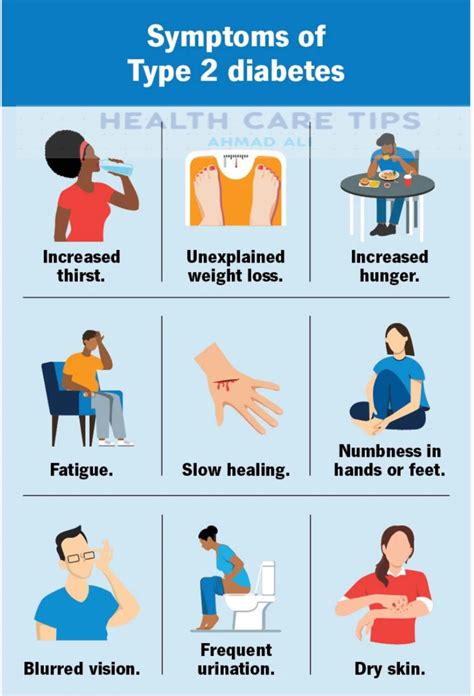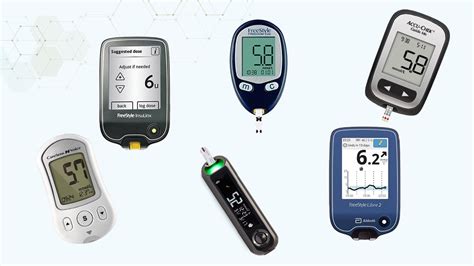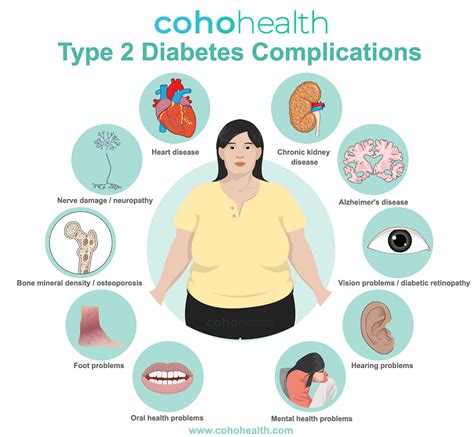Intro
Manage Type 2 Diabetes glucose levels with effective strategies, monitoring blood sugar, and healthy lifestyle changes to control symptoms and prevent complications, including insulin resistance and hyperglycemia.
Maintaining healthy glucose levels is crucial for individuals with type 2 diabetes. When left unmanaged, high blood sugar levels can lead to severe complications, including heart disease, kidney damage, and nerve damage. Understanding the importance of glucose level management is essential for individuals with type 2 diabetes to take control of their condition and improve their overall quality of life.
The relationship between type 2 diabetes and glucose levels is complex, and managing the condition requires a comprehensive approach that incorporates lifestyle modifications, medication, and regular monitoring. By understanding how different factors affect glucose levels, individuals with type 2 diabetes can make informed decisions about their diet, exercise, and treatment plans. Furthermore, recognizing the signs and symptoms of high or low blood sugar levels can help individuals with type 2 diabetes respond promptly to any changes in their condition.
Effective glucose level management involves a combination of self-monitoring, medication, and lifestyle modifications. Individuals with type 2 diabetes need to work closely with their healthcare providers to develop a personalized treatment plan that takes into account their unique needs and health goals. By adopting a proactive approach to managing their condition, individuals with type 2 diabetes can reduce their risk of developing complications, improve their overall health, and enhance their quality of life.
Type 2 Diabetes and Glucose Levels

Type 2 diabetes is a metabolic disorder characterized by high blood sugar levels, which occur when the body becomes resistant to insulin or is unable to produce enough insulin. Insulin is a hormone produced by the pancreas that regulates glucose levels in the blood by facilitating the uptake of glucose by cells. When the body becomes resistant to insulin, glucose builds up in the blood, leading to high blood sugar levels. Over time, high blood sugar levels can cause damage to organs and tissues, leading to complications such as heart disease, kidney disease, and nerve damage.
Factors Affecting Glucose Levels
Several factors can affect glucose levels in individuals with type 2 diabetes, including: * Diet: The type and amount of carbohydrates consumed can significantly impact glucose levels. * Physical activity: Regular exercise can help lower glucose levels by increasing insulin sensitivity. * Medication: Certain medications, such as metformin, can help lower glucose levels by increasing insulin sensitivity or reducing glucose production in the liver. * Stress: Stress can cause an increase in stress hormones, such as cortisol, which can raise glucose levels. * Sleep: Poor sleep quality or duration can disrupt glucose regulation and increase the risk of developing insulin resistance.Monitoring Glucose Levels

Monitoring glucose levels is essential for individuals with type 2 diabetes to manage their condition effectively. There are several ways to monitor glucose levels, including:
- Fasting plasma glucose (FPG) tests: This test measures glucose levels after an overnight fast.
- Oral glucose tolerance tests (OGTTs): This test measures glucose levels after consuming a sugary drink.
- Hemoglobin A1c (HbA1c) tests: This test measures average glucose levels over the past 2-3 months.
- Continuous glucose monitoring (CGM) systems: These systems use a small sensor inserted under the skin to track glucose levels throughout the day.
Target Glucose Levels
The American Diabetes Association recommends the following target glucose levels for individuals with type 2 diabetes: * Fasting glucose: Less than 130 mg/dL * Postprandial glucose (after meals): Less than 180 mg/dL * HbA1c: Less than 7%Lifestyle Modifications for Glucose Level Management

Lifestyle modifications play a crucial role in managing glucose levels in individuals with type 2 diabetes. Some effective lifestyle modifications include:
- Eating a healthy, balanced diet that is low in added sugars, saturated fats, and refined carbohydrates.
- Engaging in regular physical activity, such as walking, cycling, or swimming, for at least 150 minutes per week.
- Losing weight, if necessary, to achieve a healthy body mass index (BMI).
- Getting enough sleep, aiming for 7-8 hours per night.
- Managing stress through techniques such as meditation, yoga, or deep breathing exercises.
Medications for Glucose Level Management
Several medications are available to help manage glucose levels in individuals with type 2 diabetes, including: * Metformin: This medication increases insulin sensitivity and reduces glucose production in the liver. * Sulfonylureas: These medications stimulate the pancreas to produce more insulin. * Pioglitazone: This medication increases insulin sensitivity and reduces glucose production in the liver. * DPP-4 inhibitors: These medications increase insulin production and reduce glucose production in the liver. * SGLT2 inhibitors: These medications reduce glucose reabsorption in the kidneys, increasing glucose excretion in the urine.Complications of Unmanaged Type 2 Diabetes

Unmanaged type 2 diabetes can lead to several complications, including:
- Heart disease: High blood sugar levels can damage blood vessels and nerves, increasing the risk of heart disease.
- Kidney disease: High blood sugar levels can damage the kidneys, leading to kidney failure.
- Nerve damage: High blood sugar levels can damage nerves, leading to numbness, tingling, and pain.
- Blindness: High blood sugar levels can damage the blood vessels in the eyes, leading to blindness.
- Amputations: High blood sugar levels can damage nerves and blood vessels, increasing the risk of amputations.
Preventing Complications
Preventing complications of unmanaged type 2 diabetes requires a comprehensive approach that incorporates lifestyle modifications, medication, and regular monitoring. Some effective strategies for preventing complications include: * Maintaining target glucose levels. * Monitoring blood pressure and cholesterol levels. * Engaging in regular physical activity. * Eating a healthy, balanced diet. * Getting enough sleep and managing stress.Conclusion and Next Steps

In conclusion, managing glucose levels is crucial for individuals with type 2 diabetes to prevent complications and improve their overall quality of life. By understanding the factors that affect glucose levels, monitoring glucose levels regularly, and incorporating lifestyle modifications and medication, individuals with type 2 diabetes can take control of their condition and reduce their risk of developing complications.
We invite you to share your thoughts and experiences on managing type 2 diabetes and glucose levels in the comments section below. If you have any questions or concerns, please do not hesitate to reach out to us.
What are the symptoms of high blood sugar levels?
+The symptoms of high blood sugar levels include increased thirst and urination, blurred vision, fatigue, and slow healing of cuts and wounds.
How often should I monitor my glucose levels?
+The frequency of glucose monitoring depends on individual factors, such as the type of medication and the presence of complications. Generally, it is recommended to monitor glucose levels at least once a day, and more frequently if necessary.
What are the benefits of regular physical activity for glucose level management?
+Regular physical activity can help lower glucose levels by increasing insulin sensitivity, reducing glucose production in the liver, and improving cardiovascular health.
